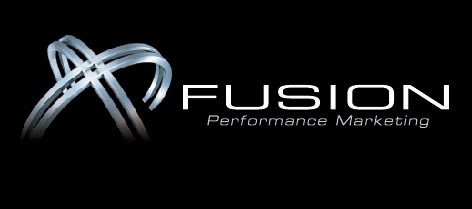- Write the way you speak – effective business communications use a conversational tone and avoid being
formal and stuffy.
- Take a positive approach – negative messages cause listeners to become blocked emotionally and does not allow your audience to fully absorb the message.
- Tell them how they benefit – if you want to reach your audience, tell them what they will gain from you.
- Write at the correct level – business communication is meant to communicate. Your audience must understand the message!
- Never communicate when you’re angry – you do not want to use a condemning tone or burn bridges by letting your emotions get the best of you.
- Anticipate questions – answer any potential questions you think might arise beforehand. Your audience will benefit from being informed upfront.
- Remove acronyms and jargon – acronyms, words and phrase within your specific industry may seem like everyday language, but make sure you are speaking to your audience. Will everyone in the audience understand the industry jargon?
- Longer is not necessarily better – extra content does not always enhance the message. Make each word count.
- Be patient – if you can spend the time writing a communication piece, take advantage of the extra time.
- Do a final proof – write the communication one day, get a good night’s sleep and proof it one final time the next day. Having another pair of eyes to review your writing is also helpful.
Find out how FUSION Performance Marketing can support your next meeting and Learn more about the FUSION Solutions.
Reference: (Walsh, Ivan. “10 Tips to Communicate Effectively.” Smart Planner, September 2010. www.smartmeetings.com)”




